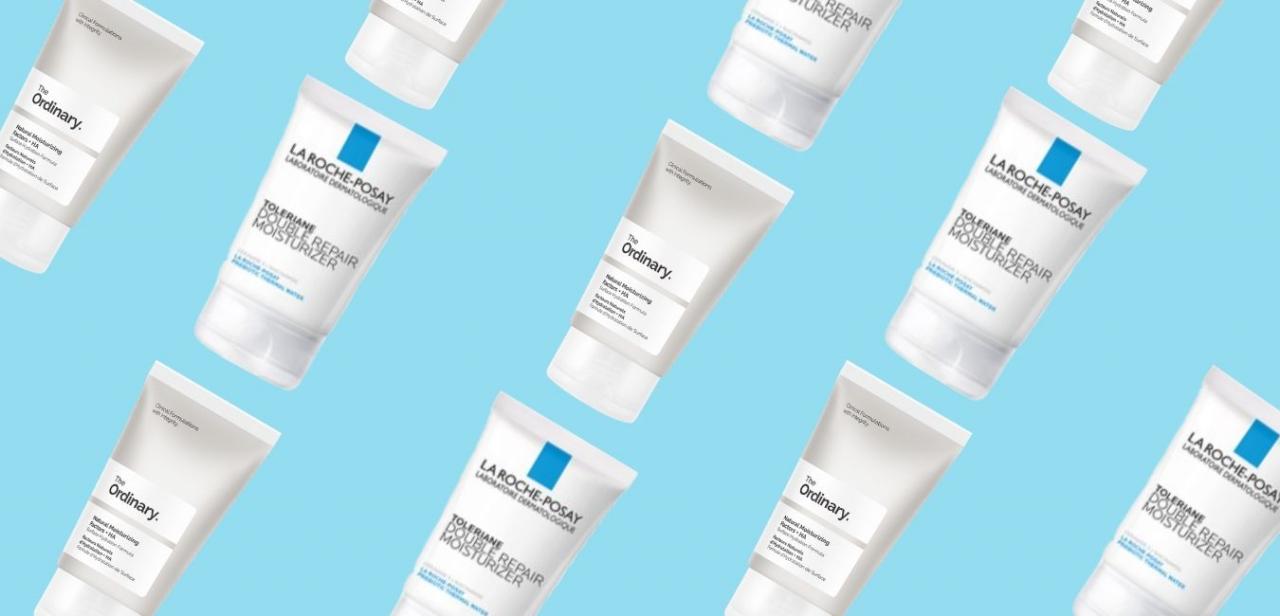Acne is a skin condition that results in pimples or zits on the surface of skin and cysts under the skin. Serious acne can lead to significant scarring on the face, neck, or back. Although scars are generally permanent, there are a variety of treatments available to reduce the appearance of scars on the face.
Acne scars generally fall into one of two categories:
• Hypertrophic scars are raised scars that are higher than the surface of the skin. These scars form when too much collagen is present in the skin as acne blemishes heal. Hypertrophic scars are also known as keloids.
• Atrophic scars are depressions that can make skin look pockmarked or pitted. These scars form when the healing process does not completely replace all the tissue that was damaged by an acne blemish. Atrophic scars are classified as icepick, boxcar, or rolling depending on the shape and depth of the scarring.
Atrophic scars can be deep or shallow. Shallow scars are generally easier to treat while deep scars may require surgery to help bring depressions up to the level of surrounding skin. Punch techniques are a kind of minor surgery often used on scars that produce deep holes in the skin such as icepick scars or deep boxcar scars.
A surgical punch is similar to a cookie cutter. During basic punch treatments, a punch is chosen that is close in size and shape to the scar. The surgeon uses the punch to cut the scar out of the skin and then closes the skin with sutures. The surgical site may produce a new scar, but it is generally smaller and less visible than the scar that was removed.
For larger scars, the surgeon may chose to use a punch graft. After removing the scar using a punch, the surgeon collects healthy skin from another area such as behind the ear to use as a graft. This piece of skin is surgically attached to cover the hole where the scar was removed. The new scar formed by this procedure is generally smoother and more likely to be treatable using resurfacing techniques.
A third type of punch technique is punch elevation. This treatment is used primarily for deep boxcar scars. Because boxcar scars have sides that push straight down into the skin, the hole at the top and the skin at the bottom of the scar are the same size and shape. Using a punch, the surgeon can lift the skin from the bottom of the scar and reattach it level with the surrounding skin. This procedure can give a better result than skin grafting because the skin reattached over the scar matches the surrounding area in color and texture.
In most cases, acne scars cannot be completely removed. Talk to your dermatologist to find the best treatment for your skin.
Sources:
About.com: Acne Scar Treatments
About.com: Acne Scars
Mayo Clinic
Reviewed August 4, 2011
by Michele Blacksberg R.N.
Edited by Jody Smith






Add a CommentComments
There are no comments yet. Be the first one and get the conversation started!